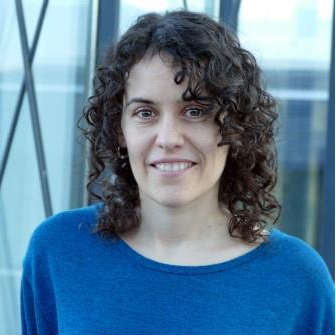The Physics of Time Travel
A special issue of Universe (ISSN 2218-1997). This special issue belongs to the section "Gravitation".
Deadline for manuscript submissions: closed (31 January 2024) | Viewed by 11895
Special Issue Editors
Interests: high-energy physics; general relativity; quantum field theory; special and general relativity; quantum physics; cosmology; gravitational physics; fundamental physics; quantum cosmology; black holes; wormholes; universe; multiverse; thermodynamics; relativistic quantum information; philosophy of science
Special Issues, Collections and Topics in MDPI journals
Interests: general relativity; gravitational physics; black holes; cosmology; universe; multiverse; special relativity; quantum field theory; quantum physics; fundamental physics; wormholes; warp drives
Interests: general relativity; gravitational physics; black holes; thermodynamics; cosmology; universe; special relativity; quantum field theory; warp drives; tractor beams
Interests: general relativity; black holes; curved space-time quantum field theory; analogue spacetimes; exotic solutions to general relativity
Special Issue Information
Dear Colleagues,
The concept of time travel has been a staple of science fiction for some 125 years. Likewise, in physics, notions of non-trivial causal structure were already implicit in special relativity and general relativity, developed some 115 and 105 years ago, respectively. They became much more explicit with Gödel's cosmology of 1949 and the much more recent 1988 introduction of traversable wormholes.
Since then, a significant body of scientific literature has developed concerning our understanding of possible violations of causality in relativity. These ideas have also been easily carried over into other fields of physics, and discussions of possible causality violations can now be found in quantum theory, modified theories of gravity, particle physics, cosmology, and many other arenas. In addition to the thought-provoking concept of time travel itself, understanding its underlying physics will have deep implications for our current theories of nature.
This Special Issue of Universe is dedicated to exploring and carefully analyzing such unusual causal structures, including those in general relativity and in its various modifications, but also in quantum physics (with or without relativistic considerations). Our aim is to summarize extant frameworks, document the state of the art, chart its challenges, and stimulate discussions.
We plan for this Special Issue to cover a wide variety of topics, focusing on fundamental discussions on the viability of various models. Possible themes will include arguments for and against Hawking's chronology protection conjecture, the formulation of causal hierarchies in both standard and modified general relativity (such as rainbow gravity and Hořava-like gravity), quantum field theory in the presence of time machines, quantum information concerns, the collapse of the wave function in quantum physics, and whether Feynman's “sum over histories” approach should or should not include histories containing closed timelike curves.
We aim to collect articles from this wide range of frameworks—everything from classical general relativity to semi-classical gravity, traversable wormholes, and quantum gravity, leaving open the possibility of pure quantum discussions that make no specific commitment to spacetime paradigms. We also aim to build bridges to relativistic quantum information, as well as have philosophers of science add their perspectives and insights. This will provide the community with a complete picture of the foundational, phenomenological, and mathematical implications that the many demands and challenges of time travel place on physics.
Dr. Ana Alonso-Serrano
Prof. Dr. Matt Visser
Dr. Jessica Santiago
Dr. Sebastian Schuster
Guest Editors
Manuscript Submission Information
Manuscripts should be submitted online at www.mdpi.com by registering and logging in to this website. Once you are registered, click here to go to the submission form. Manuscripts can be submitted until the deadline. All submissions that pass pre-check are peer-reviewed. Accepted papers will be published continuously in the journal (as soon as accepted) and will be listed together on the special issue website. Research articles, review articles as well as short communications are invited. For planned papers, a title and short abstract (about 100 words) can be sent to the Editorial Office for announcement on this website.
Submitted manuscripts should not have been published previously, nor be under consideration for publication elsewhere (except conference proceedings papers). All manuscripts are thoroughly refereed through a single-blind peer-review process. A guide for authors and other relevant information for submission of manuscripts is available on the Instructions for Authors page. Universe is an international peer-reviewed open access monthly journal published by MDPI.
Please visit the Instructions for Authors page before submitting a manuscript. Submitted papers should be well formatted and use good English. Authors may use MDPI's English editing service prior to publication or during author revisions.
Keywords
- time travel
- chronology protection
- closed causal curves
- causality
- inconsistent histories
- quantum signalling
- quantum ontology
- wormholes
- warp drives
- faster than light








